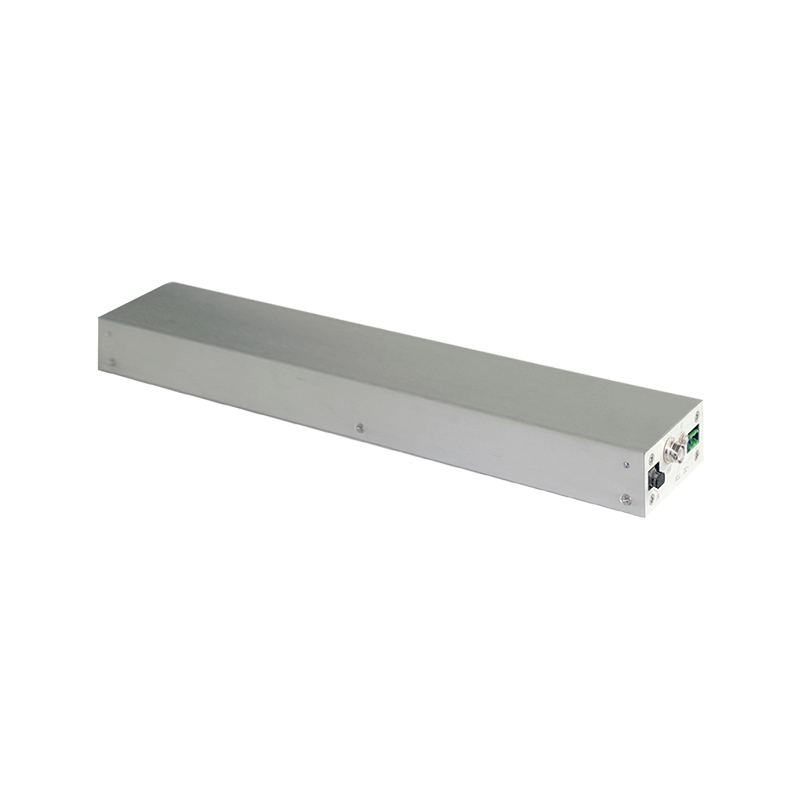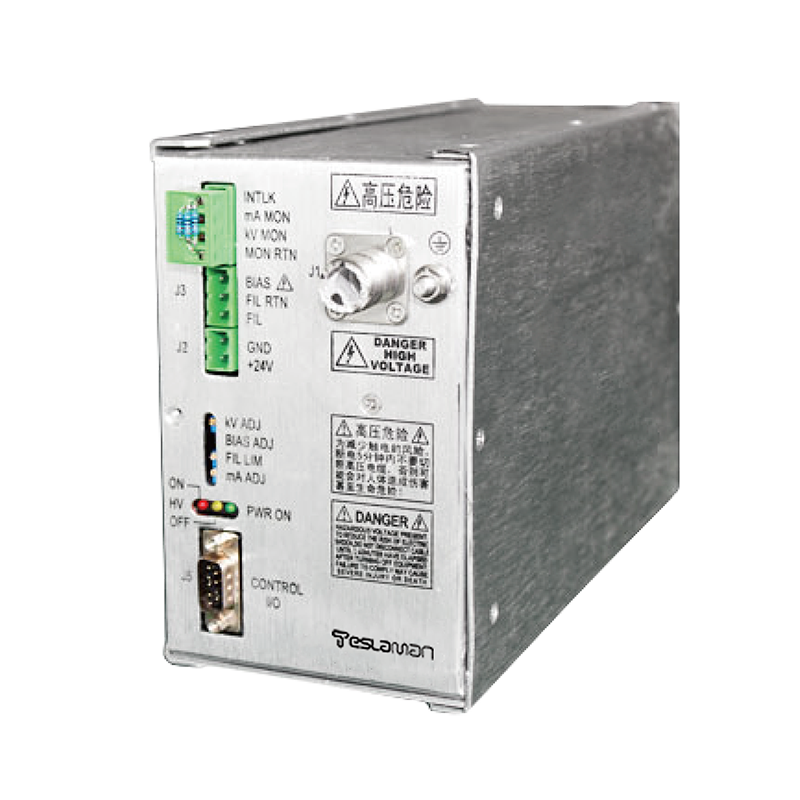Research on Voltage Regulation Mechanisms of 225kV High Voltage Power Supply
1. Technical Challenges and Core Requirements
225kV high-voltage power supplies, critical for particle accelerators and ultra-high-voltage test platforms, face three major regulation challenges:
1. Dynamic Load Fluctuation Compensation: Industrial load impedance variations up to ±30% cause output voltage deviations exceeding 5%. Tests show that traditional linear regulators generate ≥2kV transient overshoots during 10ms-level load changes.
2. Temperature Drift Suppression: High-voltage power devices (e.g., IGBT modules) experience 85°C temperature rises under full load, leading to 0.03%/°C reference voltage shifts, necessitating thermo-electrical coupling compensation models.
3. Nonlinear Dielectric Effects: Under 225kV conditions, SF6 gas dielectric constants fluctuate between 1.05-1.15 times with field strength variations, complicating capacitive load compensation.
2. Multi-Mode Regulation Technology Framework
1. High-Frequency Resonant Converter Optimization
LLC resonant and phase-shifted full-bridge hybrid topology achieves ZVS/ZCS synergy, reducing switching losses to 18% of hard-switching modes with 200kHz operation.
Nanocrystalline alloy magnetic integration combines resonant inductors and transformers, achieving 15kW/dm³ power density.
2. Adaptive Hierarchical Control Algorithms
Triple-loop control: fuzzy PID voltage loop (±0.1% accuracy), sliding-mode current loop (<50μs response), and thermal compensation loop.
Deep reinforcement learning (DRL) dynamically optimizes control parameters within 3 seconds for 0.1Hz-10kHz disturbances.
3. Digital Twin-Assisted Regulation
A 35,000-scenario virtual model predicts internal electric fields and thermal states with <0.8% error.
FBG sensor networks achieve 10cm³-resolution 3D state reconstruction.
3. Critical Component Innovations
1. Wide-Bandgap Semiconductor Applications
Vertical GaN devices withstand 225kV/100A pulsed operation with 3.3MV/cm breakdown strength.
4H-SiC diodes reduce reverse recovery time to 7ns, suppressing voltage spikes.
2. Intelligent Voltage Balancing
Active RC balancing networks achieve <0.05% voltage imbalance in multi-module systems.
Plasma-assisted balancing in vacuum environments tolerates 50kV/cm gradients.
4. Industrial Applications and Validation
1. Renewable Grid Testing
±225kV DC circuit breaker tests show 500μs step-down transitions and 0.1 reignition rate.
Adaptive impedance algorithms triple HVRT test efficiency for photovoltaic inverters.
2. Advanced Physics Research
Synchrotron radiation beam correction achieves ±5μm orbit stability with 0.1ppm ripple.
Tokamak fast discharge (225kV/10ms) extends plasma confinement by 1.8x.
5. Future Development Trends
1. Quantum Sensing Integration: NV diamond sensors enable pT-level magnetic monitoring, potentially reducing noise by 20dB.
2. Superconducting Hybrid Systems: YBCO-based current limiters achieve 90% fault suppression with 10μs response.
3. Self-Powered Regulation: Piezo-thermoelectric energy harvesting extends auxiliary power autonomy to 72 hours.




















